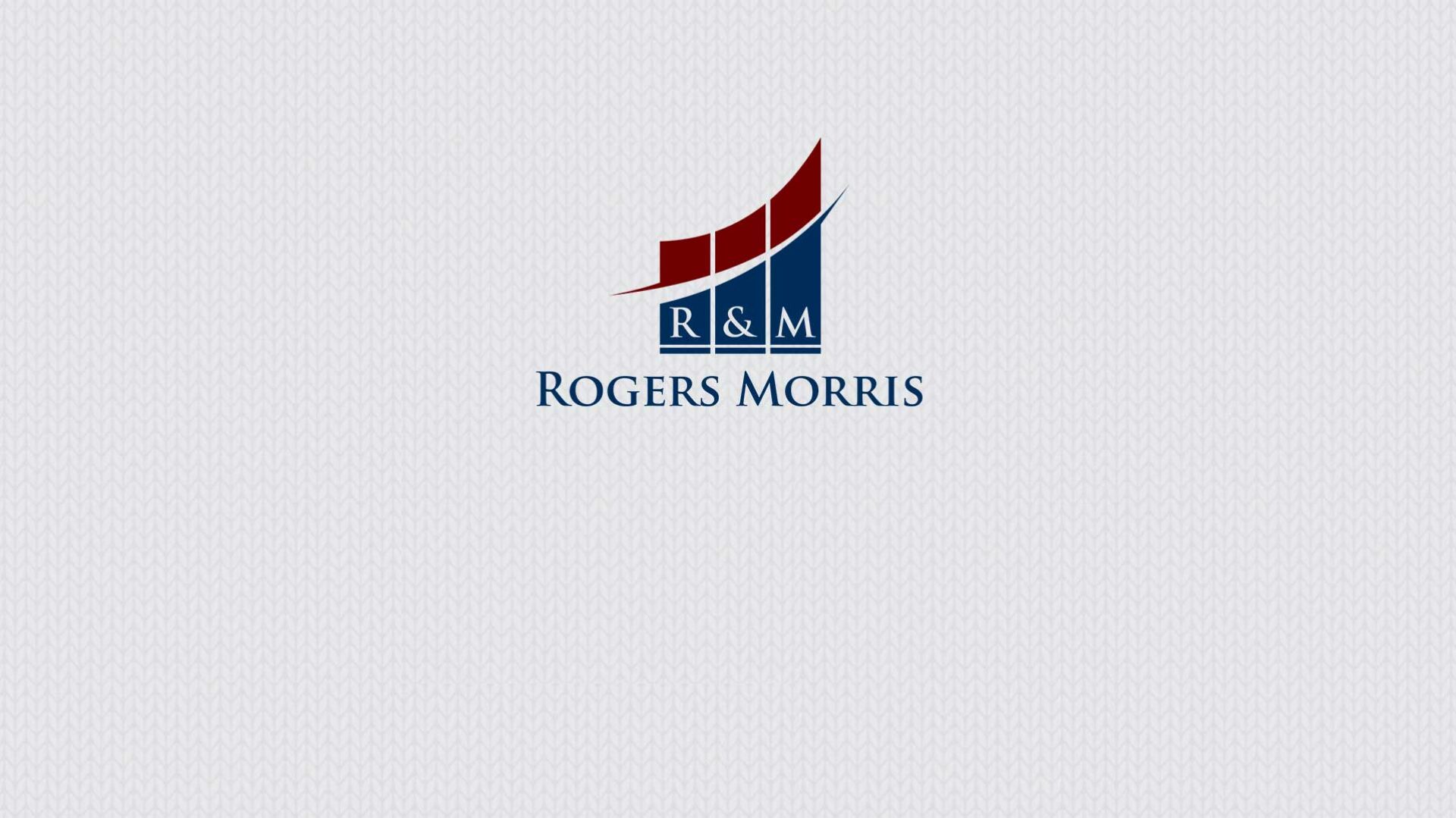Introduction
The founder of R&M, Mark Morris, says: “About 6 months ago I considered litigation funding for the first time and decided to invest through R&M. The case has been concluded and I am pleased to report it was a remarkable success, way beyond my expectations.”
He went on to say that: “Despite having post graduate degrees in law (postgraduate LLB and MBL) and having practiced as a solicitor, albeit many years ago, I had not previously considered litigation funding. I should have, the expected return-for-risk justifies consideration. One can find opportunities to get a return of at least 200% on matters where an independent senior barrister considers the plaintiff to have a 70% prospect of success. There is nevertheless no certainty. If the court determines the matter in favour of the defendant, the investors will lose their capital – so it is particularly important to diversify one’s portfolio. One could get this by investing a diversified litigation fund. My preference is to invest on an ad hoc basis in a syndicate that includes well experienced litigation lawyers.”
R&M’s strategy
As R&M has very limited experience in this asset class, it has a strong preference for:
- Well experienced litigation lawyers in law concerned, to be part of the investor syndicate
- The senior barrister providing the opinion on the prospects of success to also invest through the syndicate
- A litigation fund to invest and its manager to provide the oversight and cost control; and
- R&M to provide additional oversight and cost control.
Although R&M could invest in a diversified litigation fund, R&M’s preference is to invest on a case-by-case basis in a syndicate.
Investment criteria
R&M will generally require the following assessment criteria to be satisfied before it will commit to invest:
- The solicitors representing the plaintiff are to be well experienced in the law concerned
- The barrister representing the plaintiff is also to be well experienced in the law concerned
- An independent senior barrister opines that the plaintiff has no less than a 70% prospect of success
- The defendant will have the ability to pay the damages claimed by the Plaintiff
- Sufficient Indemnity insurance to meet the defendant’s costs in the (hopefully unlikely) event the plaintiff is unsuccessful, and a cost order is made against the plaintiff.
- The investor’s share of the damages claimed is expected to be sufficient for the investors to receive at least 3 times their money within about 2 years
- A suitable party is appointed by the syndicate to manage the plaintiff’s solicitors and control their costs. (R&M will provide additional oversight.)
Risk management
Despite being confident of the court determining the matter in the plaintiff’s favour and despite having received a favourable opinion from an independent senior barrister, the court may decide the matter in the defendant’s favour or may award far less in damages than claimed or may even fail to award any damages. In this (hopefully unlikely) event the investors will lose the capital they invested.
Even where the court decides in favour of the plaintiff, the defendant may appeal the finding. This will add to the plaintiff’s costs and necessitate additional capital being invested (either by the existing syndicate members or by new members), which will reduce the returns the investors would otherwise have enjoyed.
There is also a risk of cost overruns, where the legal costs are higher than those budgeted for. Although the plaintiff’s solicitors will have provided a cost estimate at the outset, it is difficult to hold them to it. That is why it is particularly important for the syndicate to control the solicitors’ costs and engage other parties, at a lower cost, to undertake non legal work. The investor syndicate will also provide for some cost overruns in its assessment of the opportunity.
Given the risk profile on funding litigation, it is important to have a very well diversified investment portfolio. If one allocates a certain portion of one’s investment portfolio to this asset class, one should also spread that portion over numerous legal cases. [R&M would not be comfortable if any of its co-investors expose a material proportion of their investment portfolio to any litigation funding investment, even if they are very confident of success.]
Investment case
As with other investments there are risks associated with investing in litigation, some higher some lower. Investments carrying higher risks should command higher expected returns, and vice versa. So, the question to consider is whether the expected returns adequately compensate one for taking on the associated risks. The risk of losing all one’s investment in funding a litigation is, for example, much higher than the risk of losing all one’s capital from an investment in the ordinary shares of a ‘blue-chip’ company but the returns one could reasonably expect are much higher, multiples higher. On the other hand, one can argue that the risks for a litigation funder are generally far lower and the potential return far more certain than those relating to investments generally in start-ups and early stage businesses.
By investing in litigation funding alongside R&M one would have a reasonable expectation of earning a return of at least 200% (three times one’s investment) over about two years. There is however also a risk that one might earn a lower return or even lose one’s entire investment. So, the question to consider is whether the expected returns adequately compensate for the risks one will be exposed to.
Fees and Costs
A ‘management fee’ to be agreed at the time of each investment will be paid to R&M or other party providing the necessary oversight and otherwise representing the investor syndicate’s interest in the matter, which will include cost management and reporting to the syndicate.
The End
